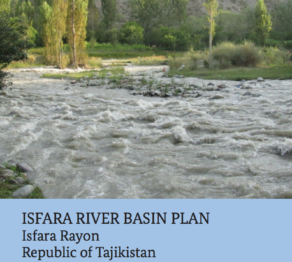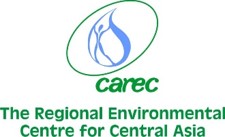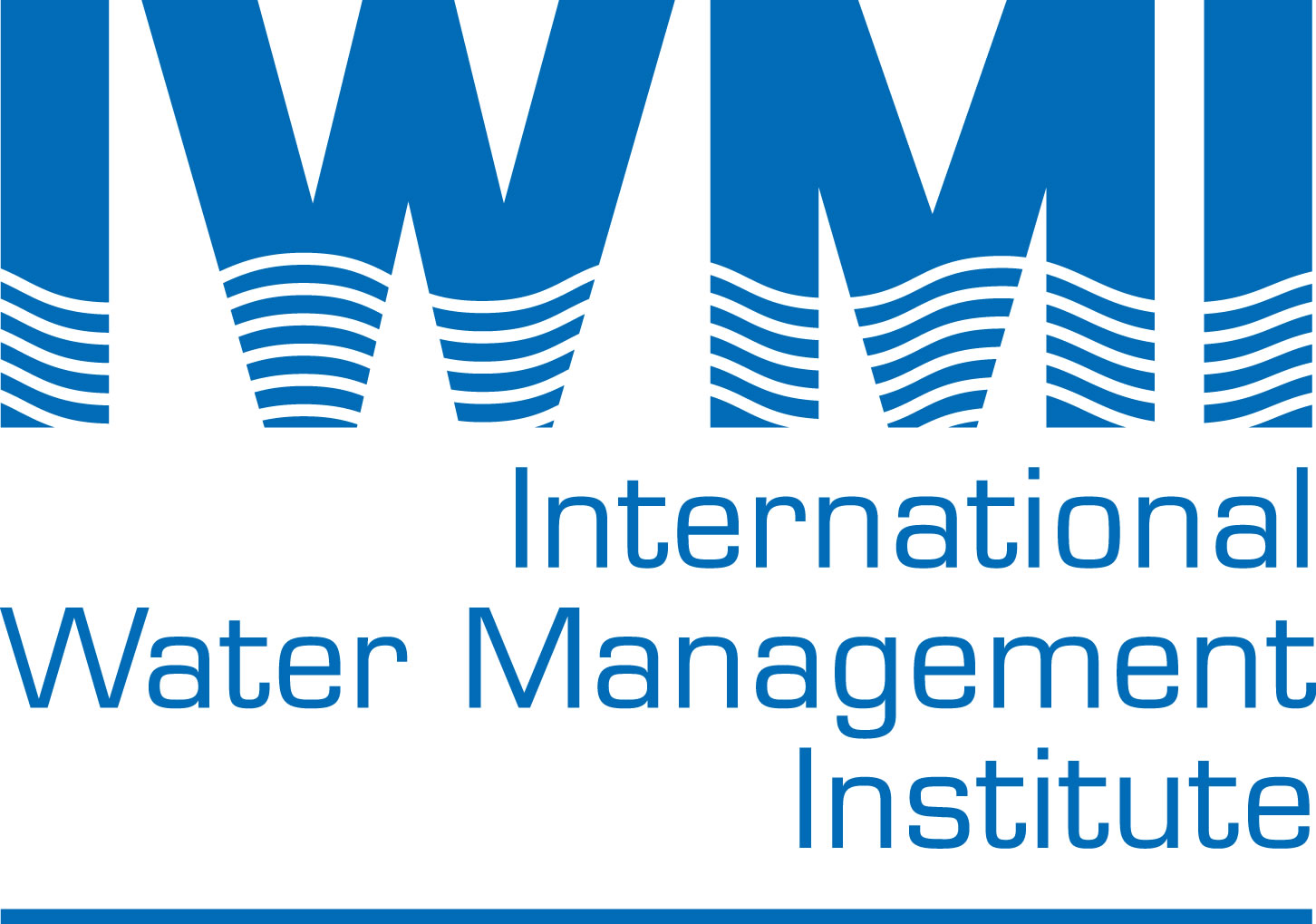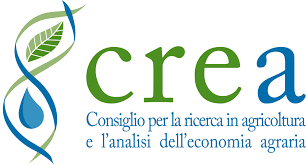
Basin characteristics
Area: 3240 km2
Population: appx. 80.000 people
Countries: Kyrgyzstan, Tajikistan and Uzbekistan
Implemented Activities
Isfara Basin Plan (BP) was finalised and published in spring 2014. The BP consists of detailed description of the Isfara River Basin, which was prepared by local experts, covering such aspects as geographic and socio-economic conditions in the basin, potential climate change patterns, water infrastructure, irrigated areas, etc. Based on the basin conditions and needs, members of the Working Group came up with detailed short term (5 years) and long term (20 years) Action Plans to be implemented in Isfara River Basin.
The programme’s overall approach to basin planning for the Isfara river basin consisted of a special Training Module combined with seminars and training sessions led by local and international experts on related topics such as tools for basin management and planning. The Training Module “Five Steps to a Basin Plan” was developed by the Programme in cooperation with CAREC. It consists of five consecutive training sessions and provides guidance for the participants on how to conduct analysis of the river basin, select priority areas, and develop a basin plan. The Kyrgyz and the Tajik working groups on basin planning were guided through this training module by the Programme and CAREC. By the end of the last training session, the Working Group members had developed a basin plan for their side of the Isfara Basin, based on their conclusions and rationales. This approach assures local ownership and sustainability of the Action and enables both the management of state institutions, as well as stakeholders and representatives at a local level, to plan, implement, and monitor the process of basin planning by themselves in the future. The training module can further be utilised by other trainers, taking the Isfara River Basin as an example of best practice.
The preparation of the Isfara Basin Plan also required a broad technical understanding and a deep knowledge of the legal framework, the water balance and potential impacts due to changed water availability, land resources, biodiversity, water quality and natural hazards such as floods and mudflows. In this regard, the Programme together with CAREC conducted expert meetings and, additionally, involved scientists from the University of Würzburg, who introduced modern technologies to analyse the current situation in the basin, map landscapes, assess existing risks of natural hazards and the respective vulnerable areas, and, most importantly, to forecast the water content of a basin based on a long-term climate change assessment.
With the knowledge gained, local experts from the Working Group conducted a comprehensive analysis of the legislative and institutional frameworks in terms of basin planning; the state of the environment and natural resources management; the land and water resources; the socio-economic development of Isfara River Basin; forecasted water availability in the basin based on climate change projections; and mapped the geography of the area using ArcGIS software. As one of the main outcomes, local experts and members of the working groups developed a preliminary topographic map, a preliminary land use map and a preliminary mudflow risk zones map of the Isfara River Basin with ArcGIS. This work was accompanied by on-going on-job-training sessions for local specialists. This documentation was later included in the Isfara Basin Plans.
Efficiency and sustainability of water use is another aspect, which was tackled within the framework of this project by means of enabling staff of water management organisations to adequately plan for maintenance and investments into water infrastructure. To this end, the members of the two working groups were introduced to the financial structure of the water sector in their respective countries. The main objective for the working groups was not only to plan realistically, but also to familiarise members with ways to obtain additional funding from the state through subsidies or from other donors. To achieve this, several national experts were involved in conducting an assessment on the economic situation within the water planning systems and water use in Kyrgyzstan and Tajikistan. Considering the fact that recovering water supply costs is one of the main requirements of the European Union’s Water Framework Directive, particular attention was also given to increasing the reliability of water delivery to water users, while reducing the tensions surrounding water sharing and distribution in the selected basins.
Achieved results (as of Spring 2017)
In 2014 two basin plans for the Isfara River Basin were developed – one for the Kyrgyz side and one for the Tajik side. In parallel, the Programme promoted the establishment of a joint management structure of the Isfara River Basin. In this regard, support was provided to the Inter-ministerial Working Group of Kyrgyzstan and Tajikistan to elaborate a draft Framework Agreement on Cooperation on the Use of International Rivers. If both states would have signed this Framework Agreement, the two basin plans could finally be merged into one Basin Plan for the Isfara River Basin. Tajikistan from its side has undertaken the necessary steps to approve the Framework Agreement, from the side of Kyrgyzstan necessary approvals are still pending and the possibility for them to be made is very low.
Despite of the lack of the legal framework for transboundary cooperation on Isfara River, Working Group members from both sides are very active. The Working Groups were transformed into Basin Councils, with selected Chair persons and Secretaries. Members of the Basin Council are representatives of local water management organisations, Water Users Associations, representatives of international organisations, active in the water sector. Meetings of the Basin Council take place regularly, at least twice a year. Members of the Basin Council are responsible for implementation of the Basin Plan, as well as solving other issues within their part of the river basin.
To foster transboundary cooperation in the Isfara River Basin, members of each working group are invited to attend their counterparts’ meetings. This creates greater trust and transparency between the members of the Basin Councils on both sides. There are established communication channels now, which serve for improved information exchange on water allocation and water management issues, contributing significantly for prompt and more efficient, inclusive decision making process. This is particularly important, considering location of the basin within disputed territories. Maintaining peace within Isfara River Basin is not always easy. Therefore building trustful water management practices also has a great impact on peace and stability in this region.
The Basin plan, developed back in 2014 in the framework of the Transboundary Water Management in Central Asia Programme, is used as a roadmap for implementation of the infrastructure improvement activities. With support from CAREC and USAID in 2016 an excavator was procured for the Kyrgyz part of the basin. The excavator is needed for the preparation of the canals before and after the vegetation season. Besides, the Isfara River Basin is located in an area plagued by natural hazard risks, where mudflows and landslides happen annually. Heavy machinery is an absolute need for the river basin, however given the average income of the local farmers and severe underfinancing of the water sector from the side of the government, procurement of an excavator provided for a great support to the local community.
The Basin Plan for the Isfara River pays particular attention to public awareness raising. Starting from 2016, the Basin Council members from Kyrgyzstan and Tajikistan started off an initiative called Isfara River Day. The initiative includes a composition contest for school children on water related topics, celebrations and festivities with participation of representatives from the neighboring country. Last year winners of the composition contest were invited to CAREC headquarters in Almaty for the award procedure. Besides, this initiative also included joint cleaning of a part of the Isfara River. All these events took place to improve general awareness about existing problems within the basin and to share information about sustainable water use. The Basin Councils were main organisers and hosts of these events, taking on the ownership and thereby contributing greatly to the sustainability of this approach.
Thus, basin planning activities in Isfara River Basin proved to being effective. Despite of the lack of state support for implementing the Basin Plan for Isfara River, the Basin Councils have taken-over this responsibility. The lack of financial resources is the key challenge for the implementation of respective measures. The members of the Basin Council are trying to address it by means of fundraising and foreign donor support.


 Русский
Русский













